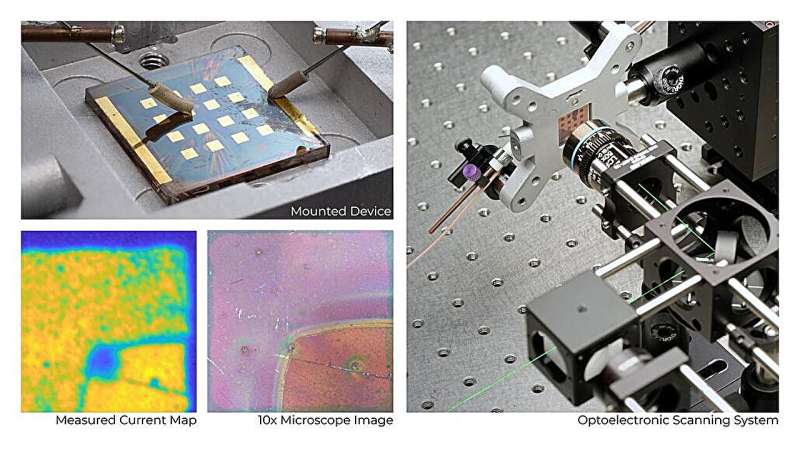Researchers at Johns Hopkins University have developed a groundbreaking machine learning method that promises to dramatically speed up the process of testing new solar cell technologies. This innovative approach not only saves time and resources but also opens up exciting possibilities for the development of more efficient and affordable renewable energy solutions.

Streamlining the Solar Cell Testing Process
Traditionally, the process of testing new solar cell technologies has been slow and costly, requiring multiple steps. This lengthy fabrication-testing-iteration cycle has been a major hurdle in commercializing new solar materials and devices.
However, a team of researchers led by a fifth-year Ph.D. student at Johns Hopkins University has developed a game-changing solution. Their machine learning method, described in the journal Advanced Intelligent Systems, promises to dramatically speed up the solar cell testing process.
“Our work shows that machine learning can streamline the solar cell testing process,” said team leader Kevin Lee. “This not only saves time and resources but opens new possibilities for clean energy technology development.”
Extracting Crucial Insights from a Single Measurement
The new method developed by the Johns Hopkins team drastically reduces the time required for solar cell testing by extracting all the materials’ important characteristics from a single measurement. Unlike other methods trained on computer-simulated data, which often produce inaccurate results, the Hopkins team’s approach uses real-world data.
Their neural network collects thousands of data points from one solar cell, capturing complex properties and variations caused by defects, such as spin-casting streaks, cracks, and contaminants. This eliminates the need to fabricate thousands of solar cells, a process that is both time-consuming and resource-intensive.
“Kevin’s method has the potential to speed up photovoltaic development times,” said Lee’s adviser and study co-author, Susanna Thon, an associate professor of electrical and computer engineering at JHU’s Whiting School of Engineering and associate director of the university’s Ralph O’Connor Sustainable Energy Institute. “Instead of laboriously making multiple measurements on many devices to learn what you need to know about device behavior, Kevin, thanks to his [machine learning] algorithm, can now tell you everything you’d want to know about a device and its properties from a single measurement that takes about 30 seconds.”
Unlocking New Possibilities for Clean Energy Innovation
The novel feature of the team’s system is that it takes spatial maps of data from solar cells and converts them into images. This approach allows the researchers to take advantage of advanced machine learning models developed for computer vision applications, enabling them to learn patterns in solar cell behavior more effectively.
“Normally one of the most common measurements you get after creating a new solar cell is called a JV curve, and what it does is measure the cell’s response to light,” Lee explained. “We had the idea of converting these JV curve maps into images so we could take advantage of advanced machine learning models developed for applications not in materials science, but in computer vision, to learn patterns in solar cell behavior.”
The team’s work has the potential to accelerate the timeline from material discovery to market adoption, as the system they developed could be applied to measure other devices, such as transistors and light sensors. “The time saved, and the accuracy of this system could lead to a wide array of new technologies being created much more quickly, which I am excited to see happen,” Lee said.
